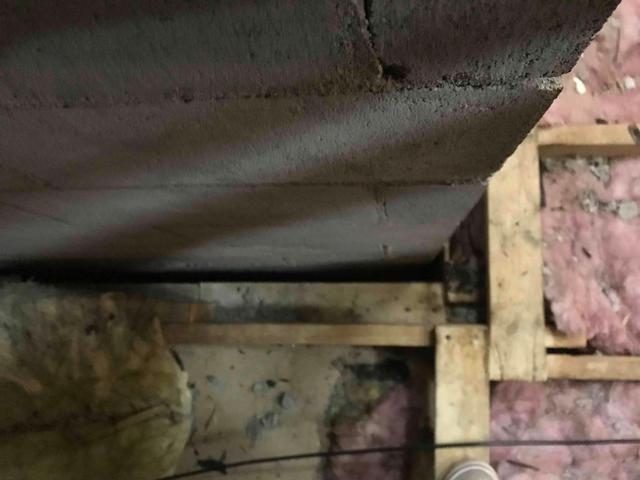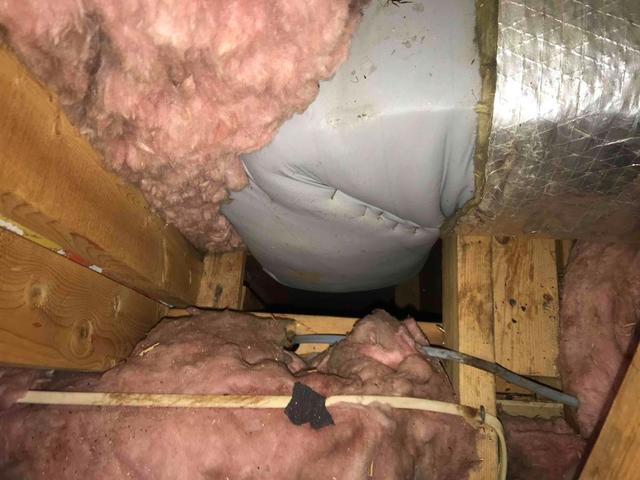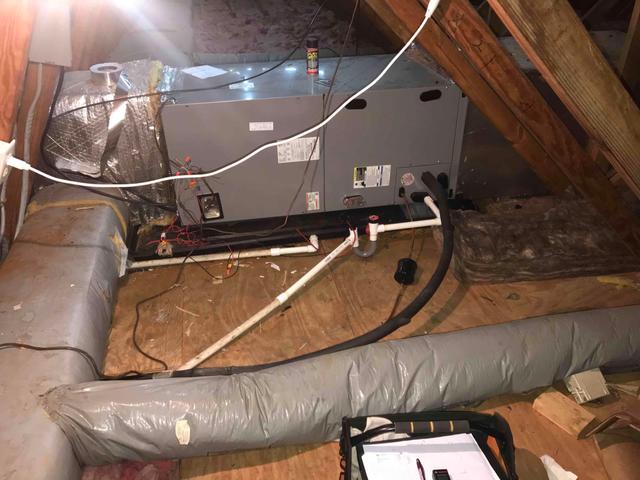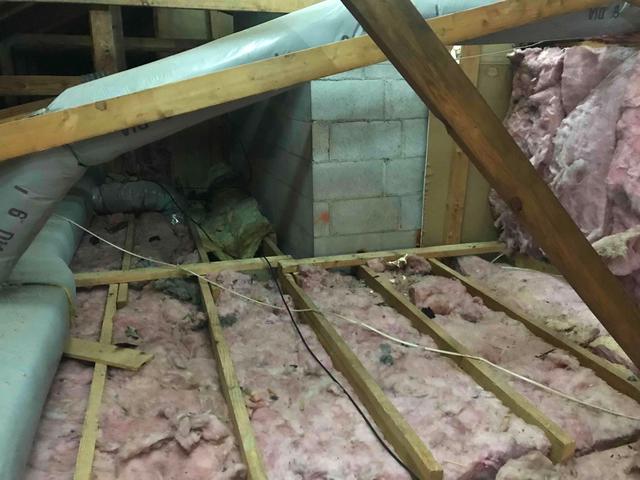
Open Air Space Around the Chimney
Building code requires that no combustible materials be within 2 inches of a masonry chimney. This creates a superhighway from the crawl space to the attic allowing air you paid to heat and cool to continually leak out of your home into the vented attic, where it is lost. The same is true for chimneys from furnaces, water heaters, and wood stoves. In your home, you may notice drafts, uneven temperatures, your home may be difficult to heat or cool, and high energy bills.

Too Much Air Leakage
Homes are naturally built leaky. There are dozens of air leaks going up through your home's framing, holes for ducts, pipes, electrical wires, and chimneys, all allowing air to pass through and wood shrinkage causing gaps between drywall and framing. Can lights, bath fans and air registers also create large gaps in your home allowing air you pay to heat and cool to escape. As this air escapes, new air is sucked in at the bottom of your home in a continuous cycle.

Attic Pull Downstairs
Pull downstairs and attic scuttle accesses allow A LOT of air that you paid to heat and cool to leak out of your home and into your unconditioned attic. As conditioned air leaves the home, new, unconditioned air is pulled in at the bottom of your home. In addition, your attic access is a huge hole that uninsulated and your attic is freezing in the winter and sweltering in the summer.

Ducts and/or Air Handlers in the attic
Many homes are built with duct work in their attics, and they are subject to the conditions of the attic. A typical vented attic gets nearly as cold as it is outside in the winter and even hotter than outside temperatures in the summer due to the sun heating up the roof and that heat then radiating into the attic. A typical attic temperature ranges between 30 - 125 degrees F. As we pump heated air through our ducts in the winter, the temperature of the ductwork is significantly cooler than the air being sent to heat your home. The cold ductwork cools down the warm air being sent to the rooms in your home losing heat you paid for before it ever reaches its destination. This means it takes even longer to make your home comfortable, results in uneven temperatures in your home, causes wear and tear on your HVAC as it runs more to keep up, and results in high energy bills.

Not Enough Insulation
In the winter, the attic is cold and the warm conditioned air in our home rises. As the warm air touches the cold ceiling that air then cools, and sinks this cycle continues in a process called the "Convective Loop" the reverse is true in the summer. A hot attic warms up your ceiling and radiates heat down into the rooms below and heats the room. This results in your home feeling drafty, being hard to heat and cool and high energy bills.


